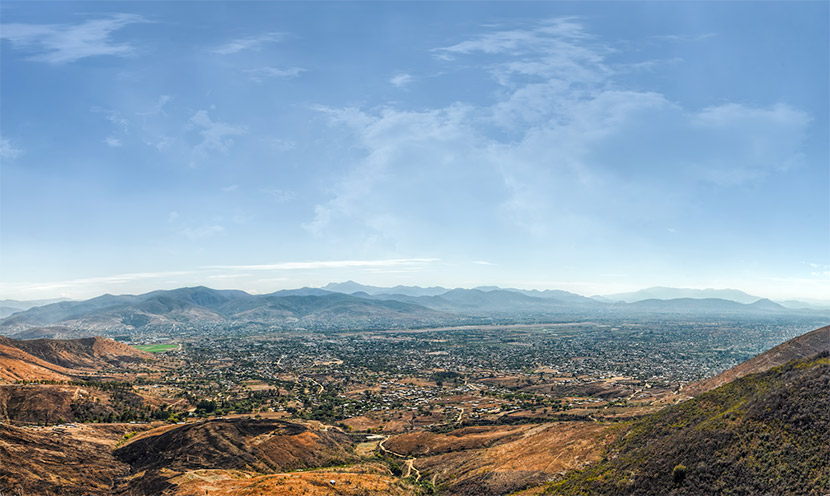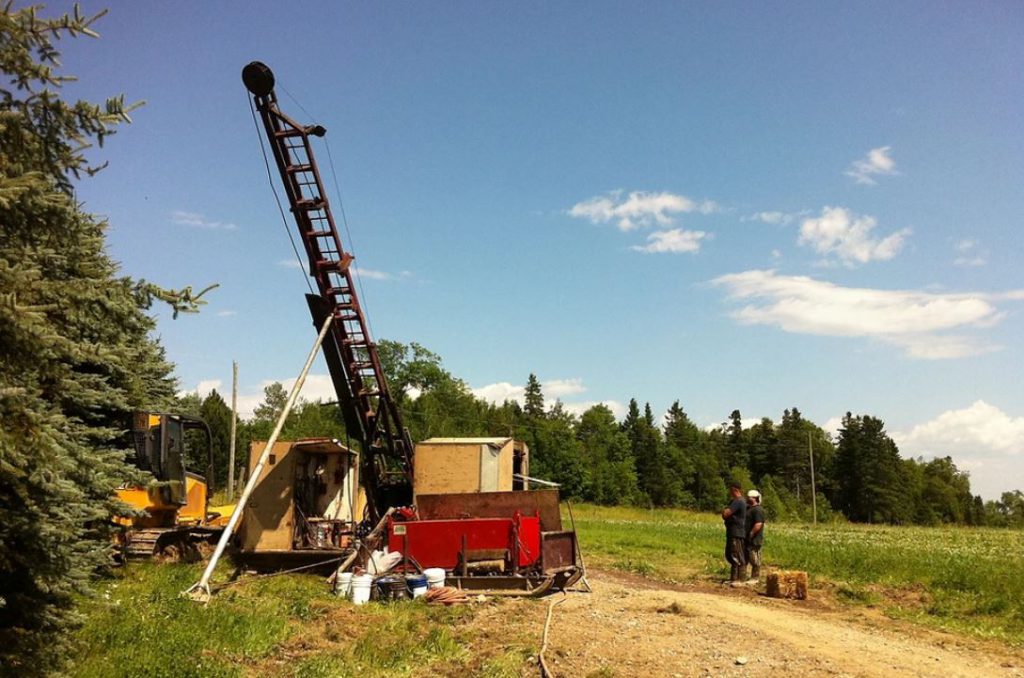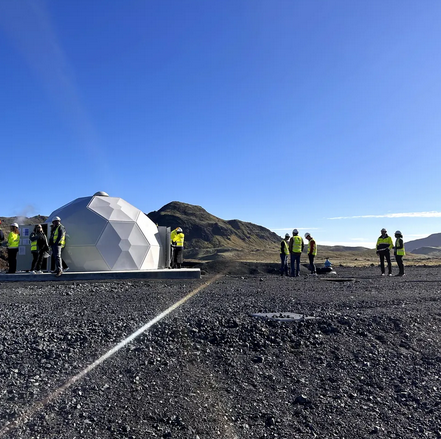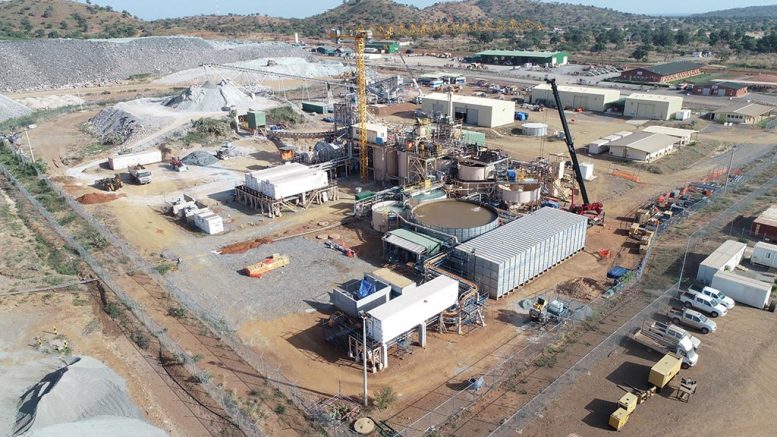VIDEO: VMS deposits present exciting new zinc-copper-gold discovery opportunities in Mexico

Volcanogenic massive sulphide (VMS) deposits have been a core source of copper, zinc and sometimes gold mineralization for over 150 years and remain the mainstay of some major mining camps worldwide.
However, the three historically identified VMS camps in Mexico are seeing renewed exploration interest following decades of relative disinterest by miners.
In Mexico, three VMS districts have been identified to date. “These have not been a major focus for exploration because the other associated elements, particularly zinc, have not got the profile copper has,” says geologist and VMS expert James Franklin.
Franklin, a 2019 Canadian Mining Hall of Fame inductee for his pioneering work in developing models and techniques to guide exploration for VMS deposits, particularly in Canada, is currently an advisor to Mexico-focused explorer Vortex Metals (TSX-V: VMS).
VMS mineralized structures formed on or very near the ocean floor throughout geological history.
“In Canada, for example, there are the major districts in Timmins, with Kidd Creek, for which development companies such as Noranda became favour for — which has several deposits — Mattagami Lake, Sturgeon Lake [and] quite a large number in British Columbia,” Franklin said in an interview.
More News
Manganese X poised to begin pre-feasibility study at Battery Hill
April 11, 2025 | 02:39 pm
Carbon removal technologies could create tens of thousands of US mining and quarry jobs – report
April 11, 2025 | 01:33 pm
{{ commodity.name }}
{{ post.title }}
{{ post.date }}




Comments